Faraday once risked being electrocuted and made a world-famous experiment - Faraday cage experiment. He locked himself in a metal cage, when a powerful electrostatic discharge occurred outside the cage, Faraday was not harmed because there is no static electricity inside the metal cage.
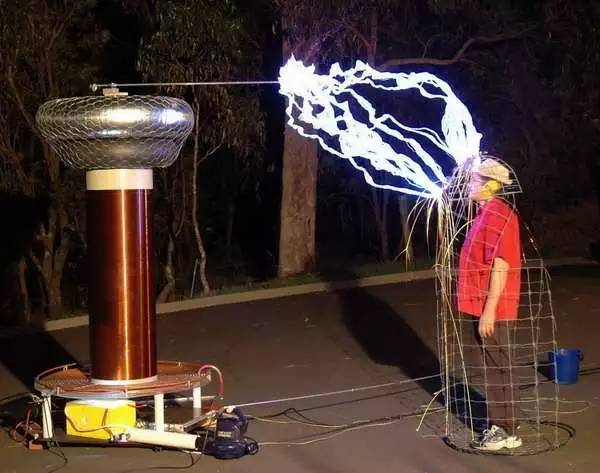
This experiment is due to the metal shield can play the role of electrostatic shielding principle, so Faraday can face a strong electrostatic and unharmed. In this experiment we know that conductive metal can play a role in anti-static, so what other materials can have the same effect?
1. Electrostatic insulating materials (surface resistance value: 10^12<R)
Insulating material can prevent the passage of electricity, it can isolate the charged and uncharged parts or parts of different potentials from each other, so that the current can flow according to the prescribed path. For example, the most common insulating material in life - rubber.
2. electrostatic dissipative materials (surface resistance value: 10^5 ≤ R ≤ 10^12)
The working principle of static dissipative materials is to reduce the rate of electrostatic discharge, relatively slow down the discharge, thereby protecting electrostatic sensitive components from high voltage breakdown damage, this material is mainly used to protect semiconductors and electronic components.
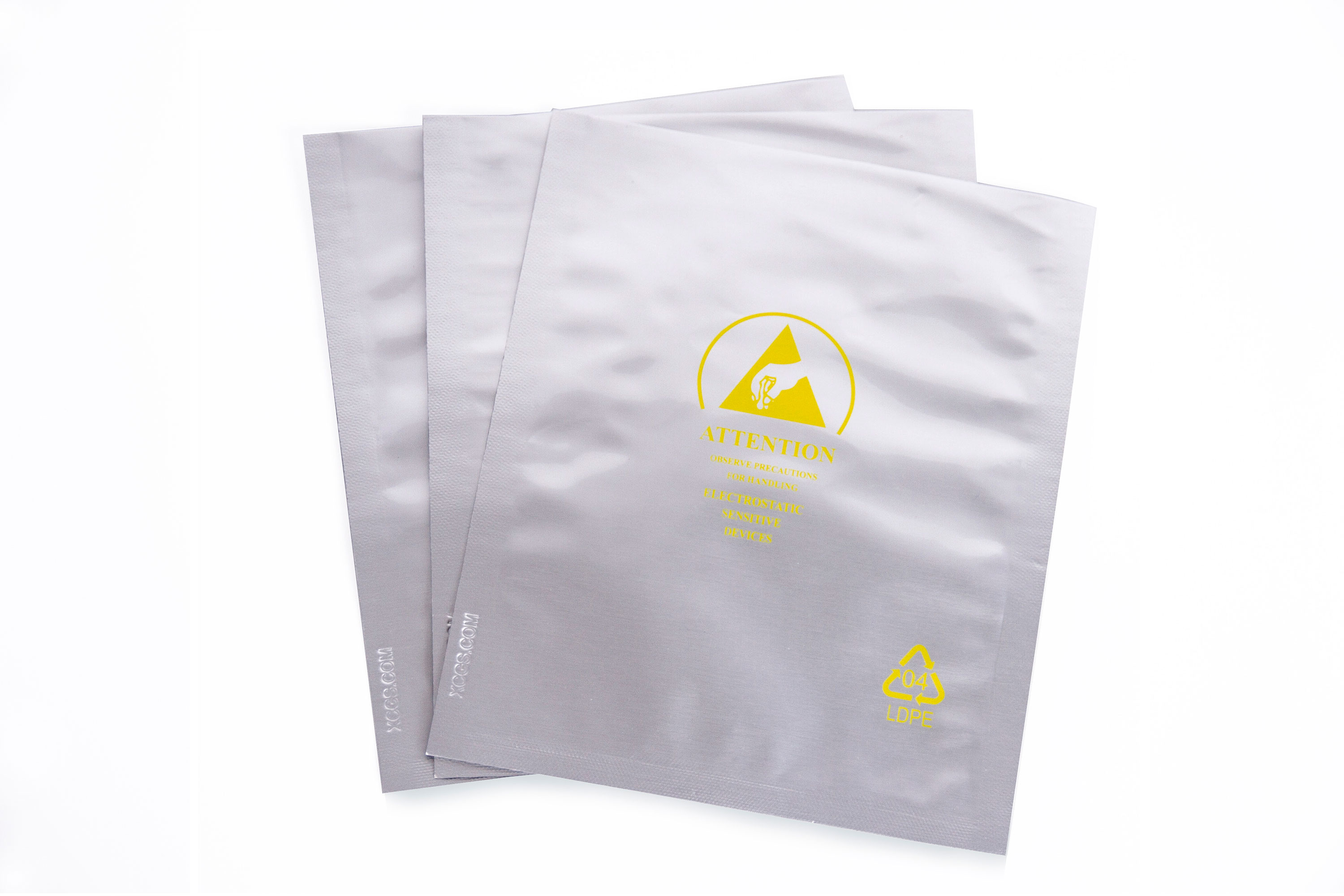
3. Static conductive materials (surface resistance value: R<10^5)
Conductive materials with good charge discharge function can effectively protect electronically sensitive equipment from electromagnetic and electrostatic hazards. Copper is the most common conductive material among metal materials.
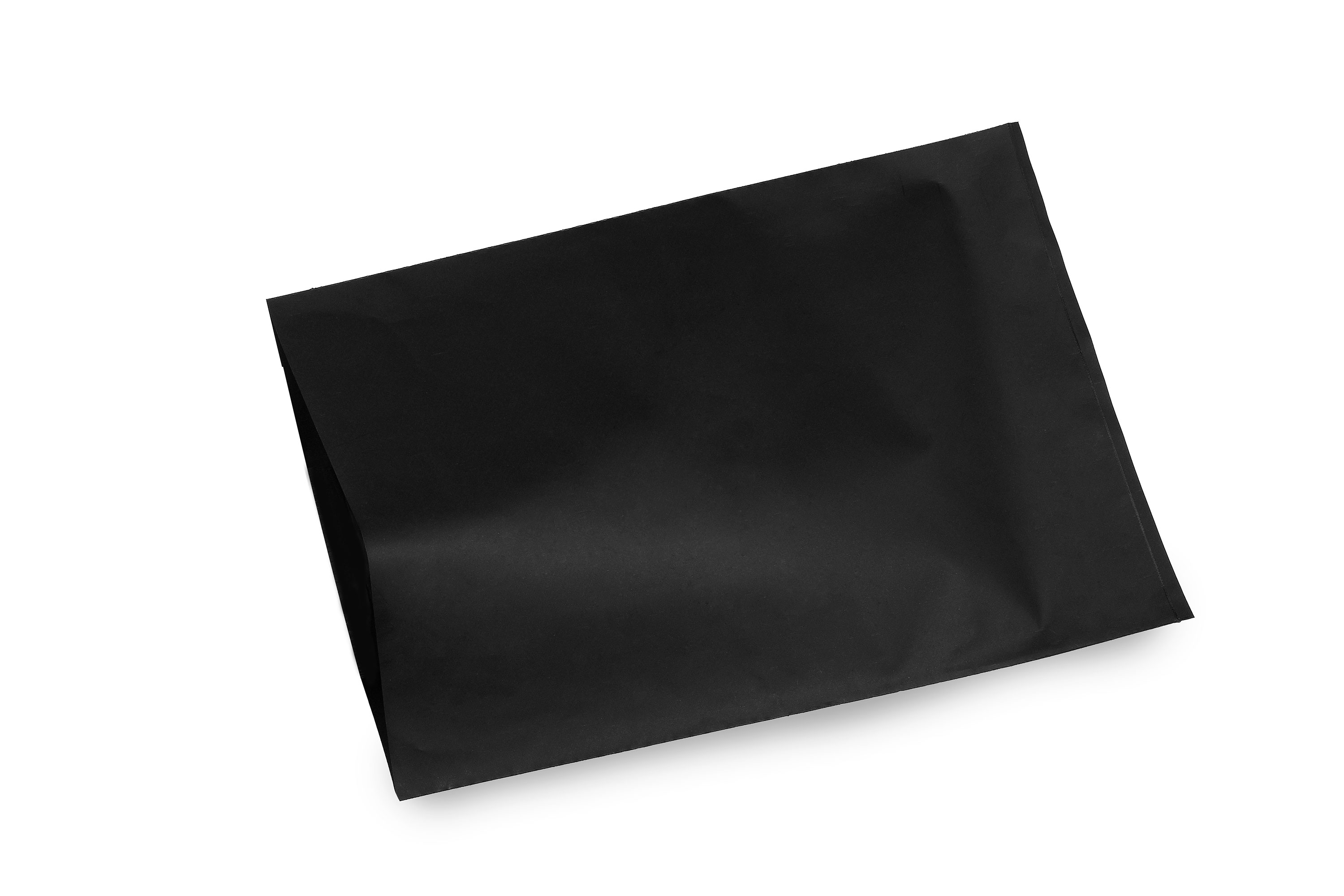
►How to solve the problem of static electricity?
The first method is simple and brutal - directly control the generation and influence the role of static electricity: using insulating materials to block static electricity or using shielding materials so that the internal electric field is not affected by the outside.
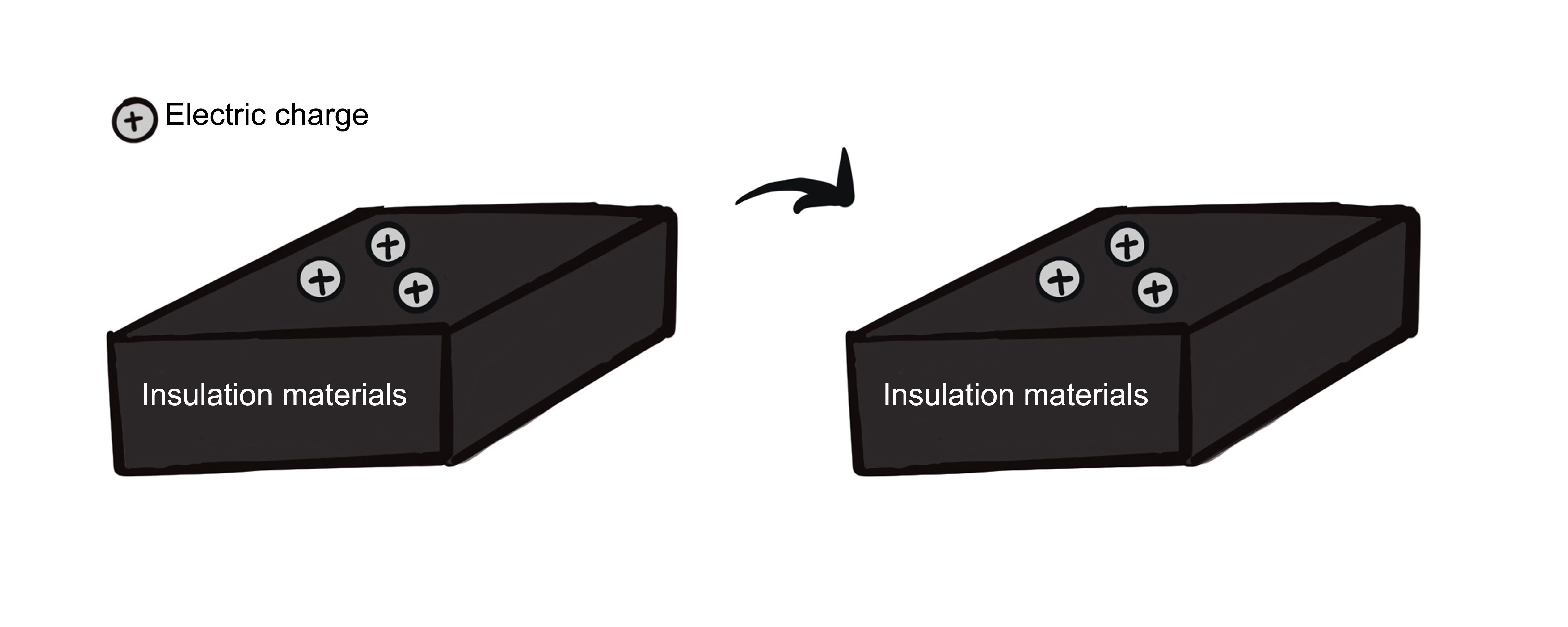
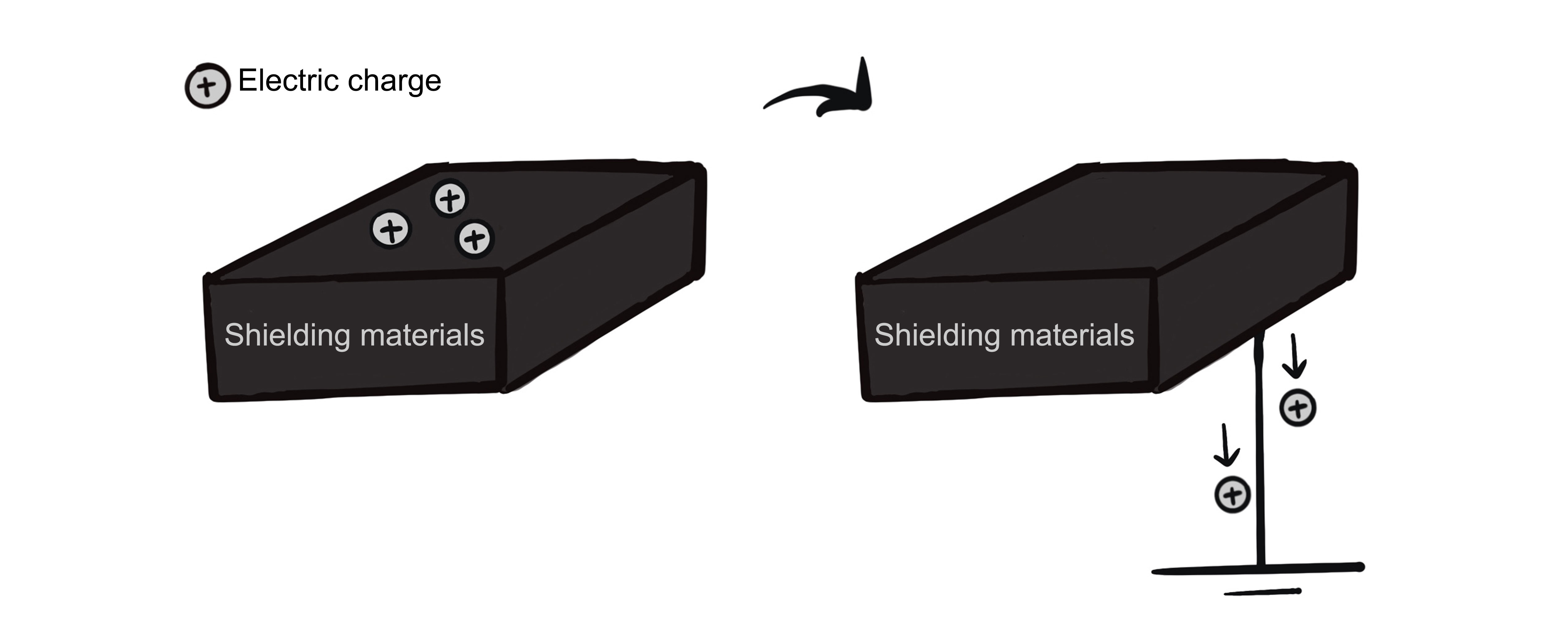
The second method is to dissipate the static electricity, which will be conducted more quickly throughout the material; in the case of grounding, the static electricity will be conducted into the ground, leaving the material uncharged.
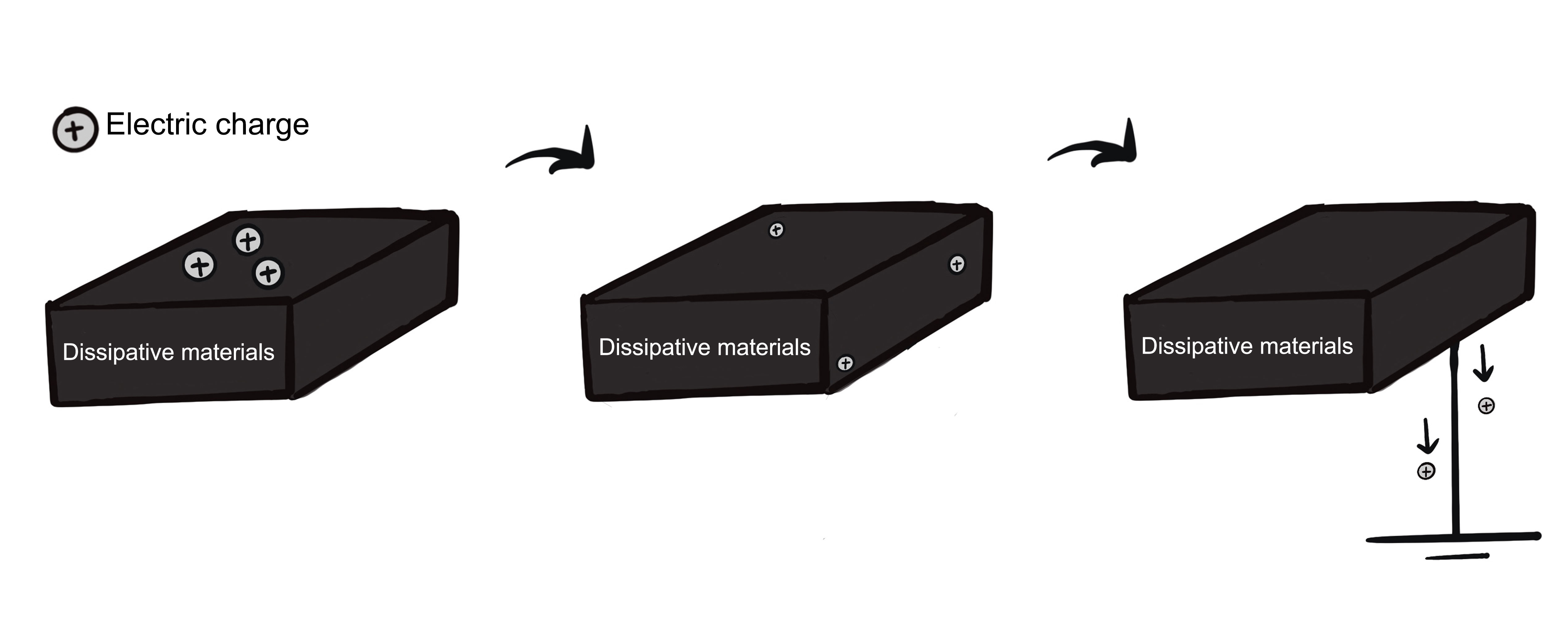
►How many types of static packaging?
Aluminum foil bag (10^8 -10^11Ω)
· Superior high barrier, light avoidance, corrosion resistance, moisture resistance, anti-static, anti-electromagnetic interference.
· Suitable for circuit boards, electronic products, precision machinery or equipment, chemical materials, industrial products, etc.
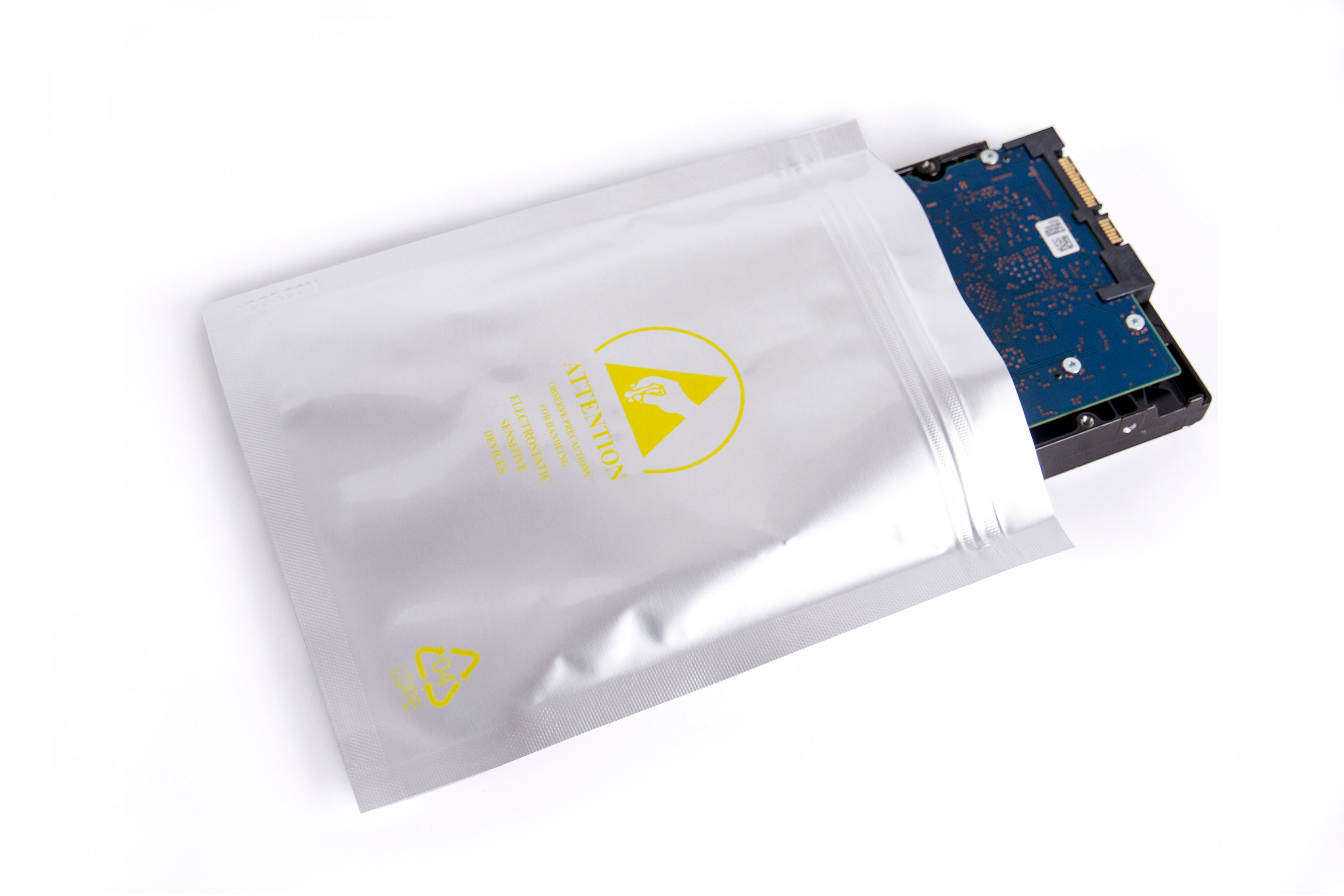
Shielding bag (10^8 -10^11Ω)
· Shielding external equipment from static discharge and electromagnetic anti-radiation, anti-radio frequency, waterproof steam penetration, salt spray.
· Suitable for PCB, IC, LED and other electrostatic sensitive class of electronic components products.
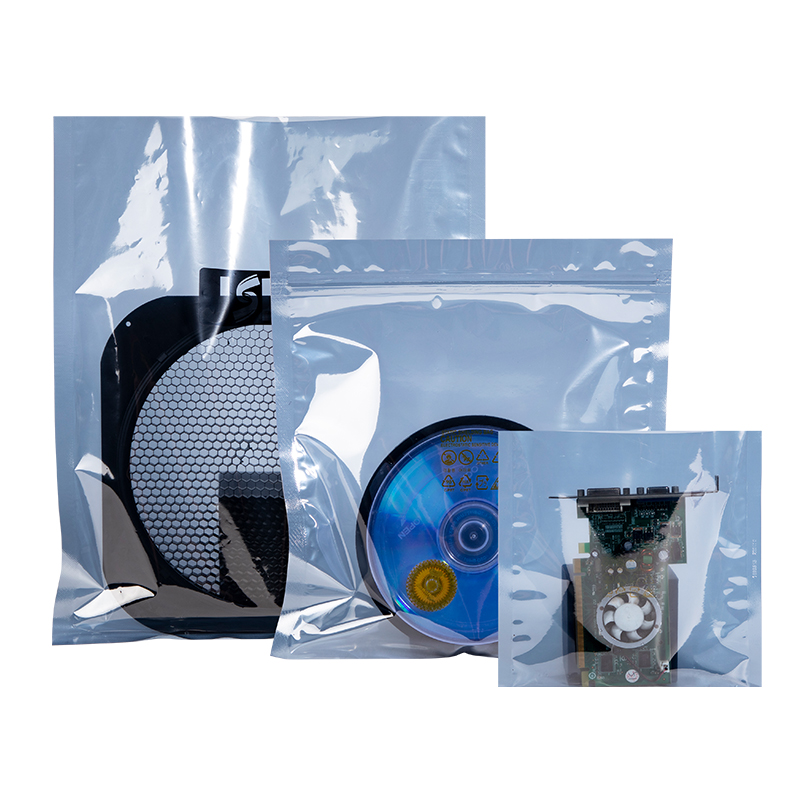
Black conductive bag (10^3 -10^5Ω)
· Good charge discharge function, stable electrical conductivity, and strong light shielding.
· Suitable for military, aviation, network communication, photo-sensitive equipment, instrumentation equipment, electronic components, etc.
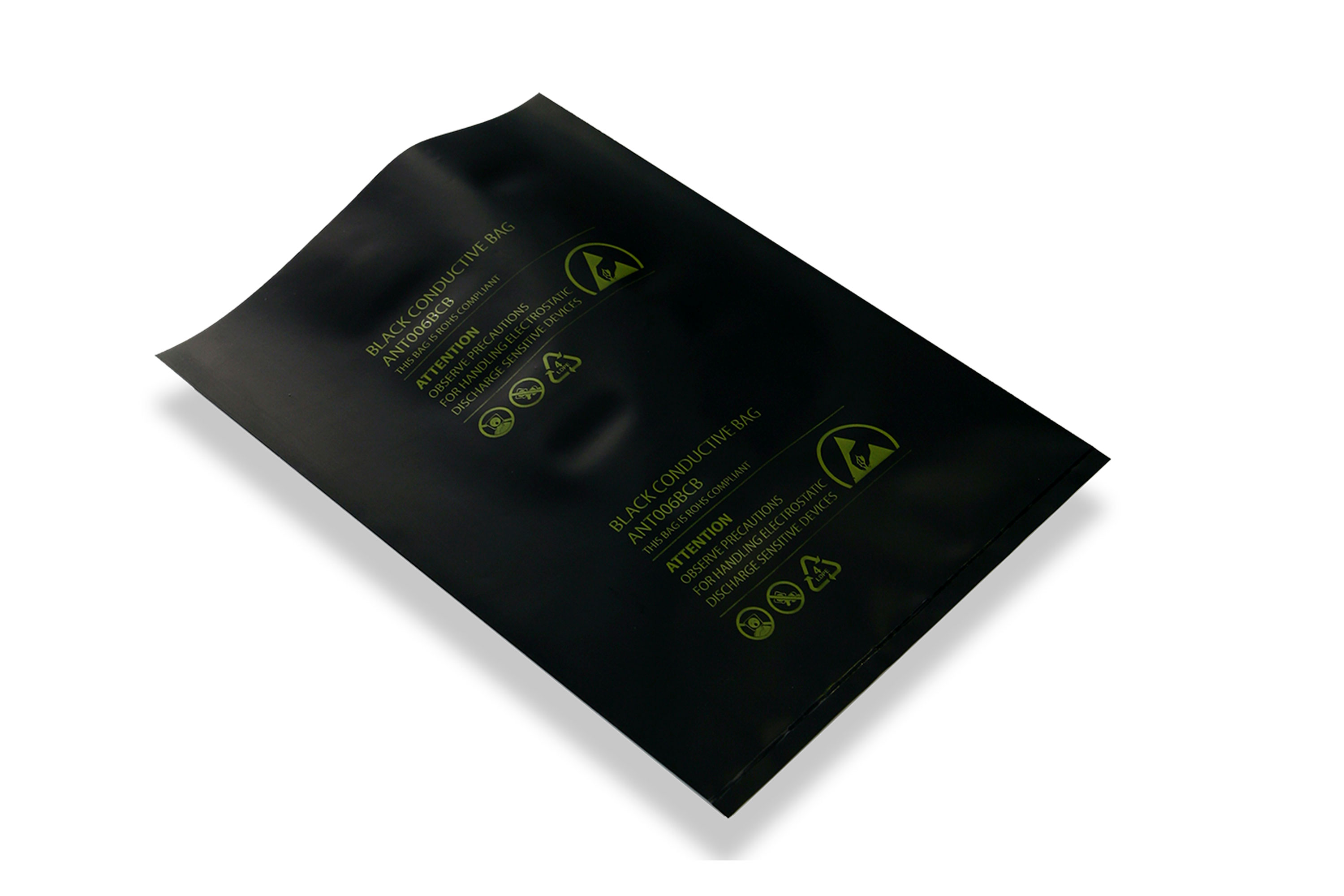
XCGS Group focus on anti-static packaging for 20 years, whether it is simple and brutal to control static electricity generation or dissipate static electricity, we can meet your needs and apply to various products and scenarios. Customized exclusive anti-static packaging for your products.
If you have anti-static needs, contact us now!





















































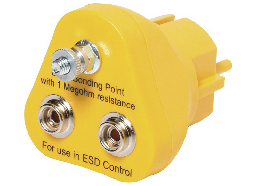





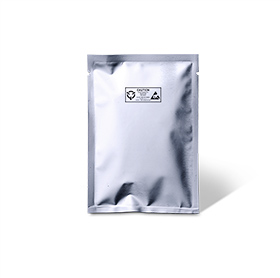
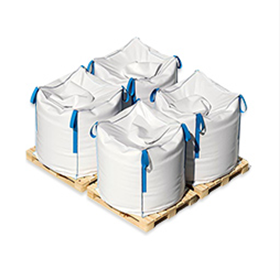














































 18915559236
18915559236 xcbxa@xcgs.com
xcbxa@xcgs.com